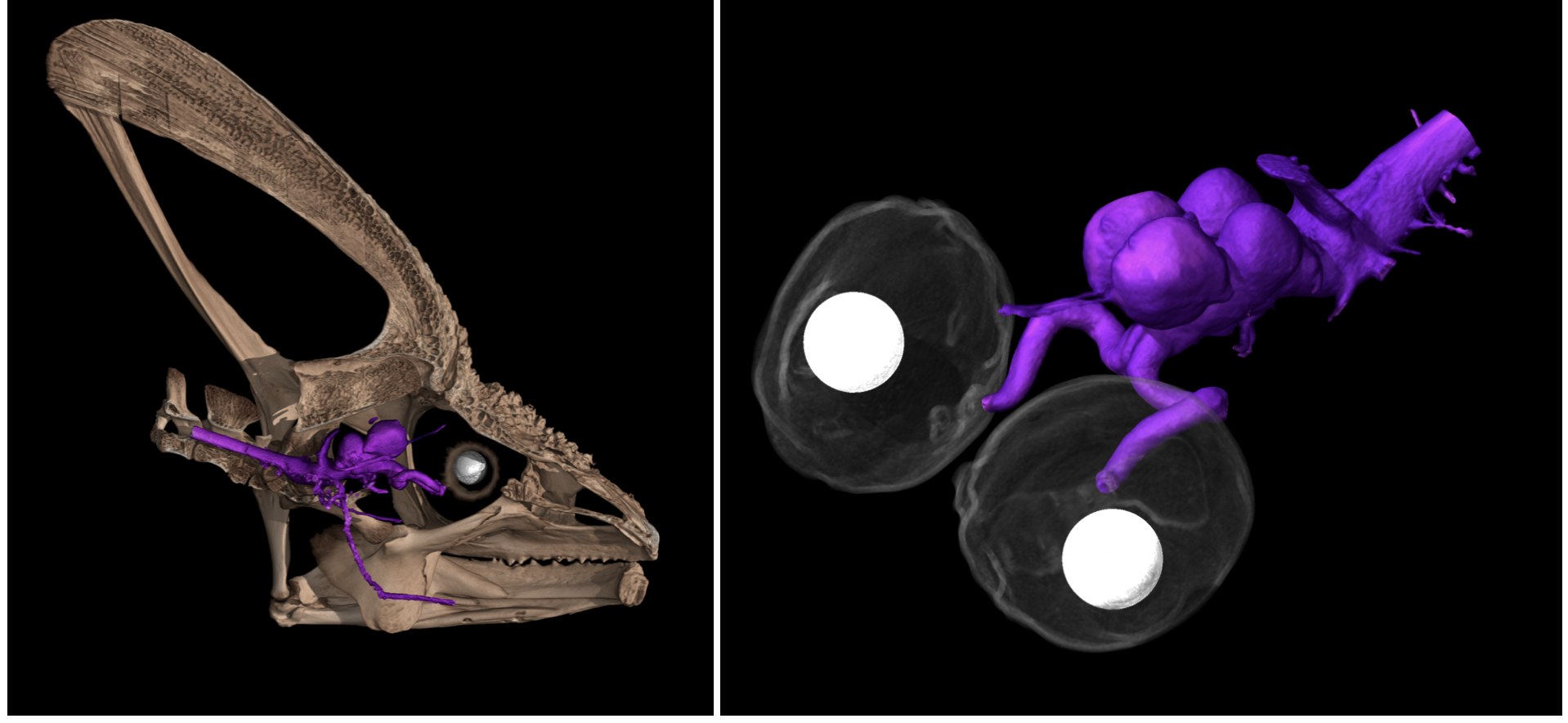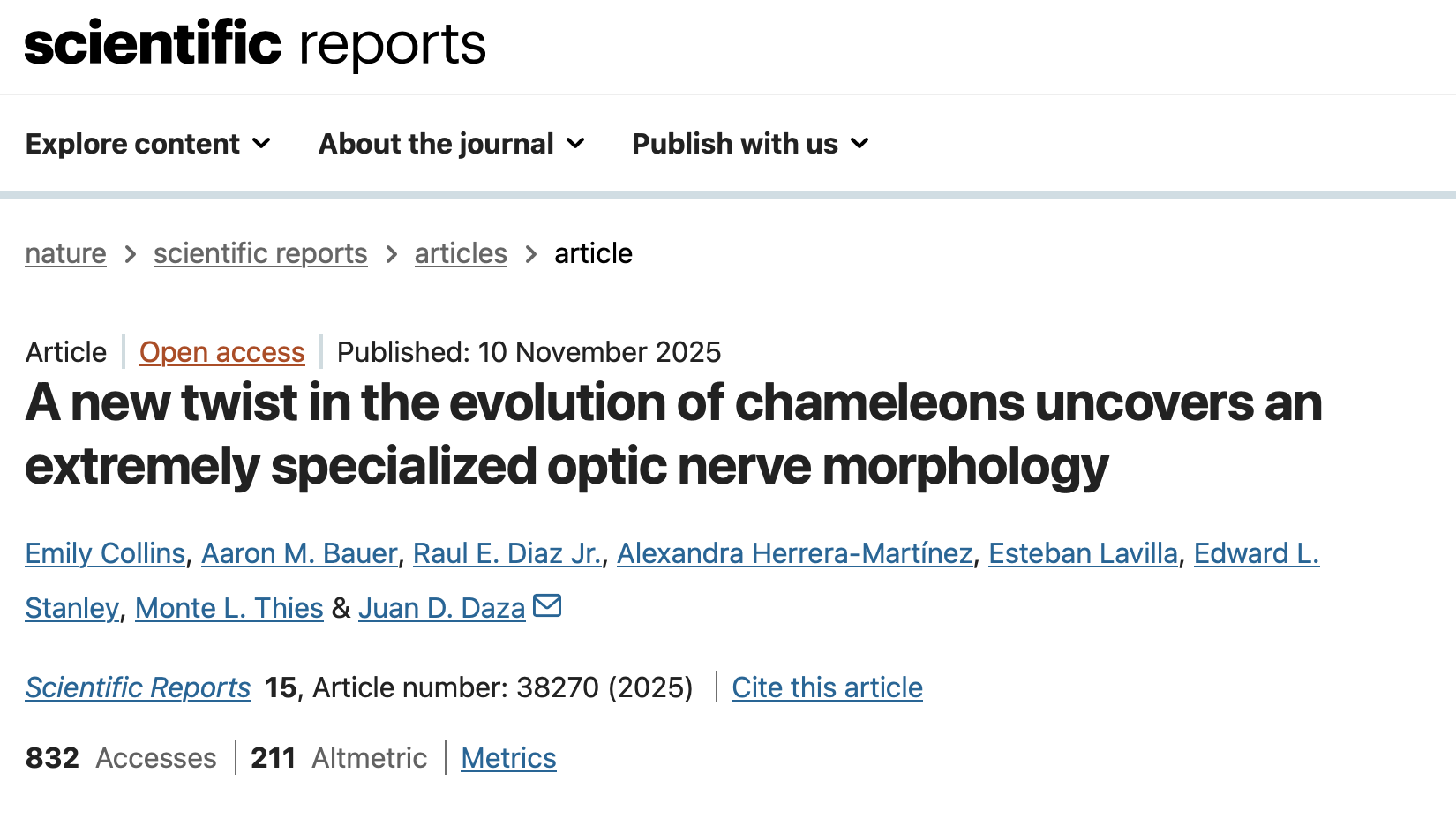Chameleons possess a never-before-seen optic nerve structure—coiled like a telephone cord—revealing a stunning evolutionary adaptation for their unique visual behavior.

In the groundbreaking paper "A new twist in the evolution of chameleons uncovers an extremely specialized optic nerve morphology" (Collins et al., 2025), researchers used contrast-enhanced computed tomography and 3D modeling to uncover a previously undocumented feature in chameleon anatomy: long, coiled optic nerves. This discovery sheds light on how chameleons achieve their extraordinary visual feats, including independent eye movement and pinpoint binocular targeting.
Unlike other squamates, chameleons possess optic nerves that loop and twist behind each eye, resembling tightly wound springs. This configuration is not only unique among reptiles—it's virtually unheard of across vertebrates. The authors propose that this coiling may allow the optic nerves to accommodate extreme eye mobility while maintaining precise visual coordination, especially during prey capture using their ballistic tongue.
The study examined multiple chameleon species and compared them with other lizards, confirming that this trait is exclusive to chameleons. The coiled nerves appear to be an evolutionary innovation linked to their arboreal lifestyle and complex visual demands. Interestingly, this feature had been overlooked for centuries, despite the chameleon's long-standing fascination in both science and folklore.
Beyond its anatomical novelty, the paper opens new avenues for understanding sensory evolution, neurological adaptation, and even biomechanical design. It challenges assumptions about nerve architecture and highlights how extreme specialization can arise in isolated evolutionary lineages.
In sum, Collins et al. deliver a compelling narrative of discovery, blending cutting-edge imaging with evolutionary insight. Their work not only redefines our understanding of chameleon vision but also underscores the importance of revisiting familiar organisms with fresh tools and questions.
Original paper:
Collins, E., Bauer, A.M., Diaz Jr., R.E., Herrera-Martínez, A., Lavilla, E., Stanley, E.L., Thies, M.L., & Daza, J.D.(2025). A new twist in the evolution of chameleons uncovers an extremely specialized optic nerve morphology. Scientific Reports, 15, Article 20357. https://doi.org/10.1038/s41598-025-20357-3

